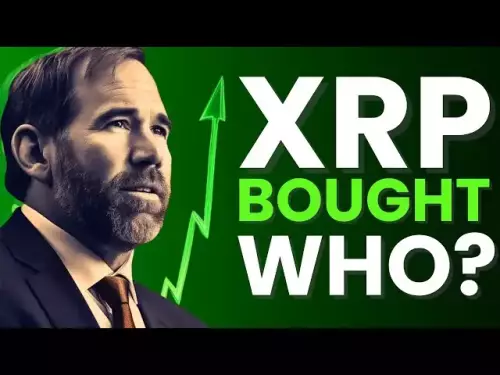-
 bitcoin
bitcoin $108842.957301 USD
-1.88% -
 ethereum
ethereum $3931.777121 USD
-1.66% -
 tether
tether $1.000186 USD
-0.03% -
 bnb
bnb $1153.250882 USD
-2.20% -
 xrp
xrp $2.367904 USD
-1.94% -
 solana
solana $186.182050 USD
-4.20% -
 usd-coin
usd-coin $0.999997 USD
0.00% -
 tron
tron $0.316949 USD
-1.00% -
 dogecoin
dogecoin $0.190780 USD
-3.12% -
 cardano
cardano $0.651324 USD
-2.67% -
 hyperliquid
hyperliquid $37.141055 USD
-0.85% -
 ethena-usde
ethena-usde $0.999224 USD
-0.09% -
 chainlink
chainlink $17.579031 USD
-2.47% -
 bitcoin-cash
bitcoin-cash $509.426284 USD
-2.79% -
 stellar
stellar $0.315298 USD
-2.93%
how blockchain can solve the payments riddle
Blockchain technology offers promising solutions to resolve payment challenges by reducing fees, expediting transaction times, enhancing security, and expanding accessibility, especially in the realms of cross-border payments, micropayments, and digital wallet management.
Oct 17, 2024 at 06:53 am

How Blockchain Can Solve the Payments Riddle
The payments landscape is undergoing a period of rapid transformation, driven by the rise of new technologies such as blockchain. Blockchain has the potential to solve many of the challenges associated with traditional payment systems, including:
- High fees: Traditional payment systems, such as credit cards and wire transfers, can charge high fees, especially for international transactions. Blockchain-based payment systems can significantly reduce these fees by eliminating the need for intermediaries.
- Slow transaction times: Traditional payment systems can take days to complete, especially for international transactions. Blockchain-based payment systems can significantly speed up transaction times, with many transactions being completed in minutes or even seconds.
- Security concerns: Traditional payment systems are vulnerable to fraud and hacking. Blockchain-based payment systems are more secure than traditional systems, as they are based on a distributed ledger that is difficult to tamper with.
- Lack of accessibility: Traditional payment systems are not accessible to everyone, especially those in developing countries. Blockchain-based payment systems can be used by anyone with an internet connection, making them more inclusive than traditional systems.
Here are some specific examples of how blockchain is being used to solve the payments riddle:
- Cross-border payments: Blockchain is being used to develop new cross-border payment systems that are faster, cheaper, and more secure than traditional systems. For example, the World Bank is working on a blockchain-based system that would allow for near-instantaneous remittances.
- Micropayments: Blockchain is also being used to develop new payment systems for micropayments, which are small payments that are typically not possible with traditional systems. For example, the Lightning Network is a blockchain-based payment system that allows for instant and low-cost micropayments.
- Digital wallets: Blockchain is being used to develop new digital wallets that allow users to store and manage their cryptocurrencies. These wallets can be used to make payments, send remittances, and store other digital assets.
Blockchain is still a relatively new technology, but it has the potential to revolutionize the payments landscape. By solving the challenges associated with traditional payment systems, blockchain can make it faster, cheaper, and more secure for people to send and receive money.
Disclaimer:info@kdj.com
The information provided is not trading advice. kdj.com does not assume any responsibility for any investments made based on the information provided in this article. Cryptocurrencies are highly volatile and it is highly recommended that you invest with caution after thorough research!
If you believe that the content used on this website infringes your copyright, please contact us immediately (info@kdj.com) and we will delete it promptly.
- Upbit Listing Sparks Altcoin Frenzy: What's Next for Bitcoin?
- 2025-10-17 14:25:14
- Gold, Bitcoin, and Digital Assets: A New Yorker's Take on the Future of Finance
- 2025-10-17 14:25:14
- Pi Network: Pioneering a New Era of Crypto Collaboration within the Crypto Community and Blockchain Technology
- 2025-10-17 14:30:01
- Crypto Updates, FxWirePro, Key Updates: Staying Ahead in the Digital Frontier
- 2025-10-17 14:30:01
- Bitcoin's Fear Dip: A Golden Opportunity to Accumulate?
- 2025-10-17 14:45:11
- Bitcoin, Recession Fears, and Gold's ATH: A New Yorker's Take
- 2025-10-17 14:30:01
Related knowledge
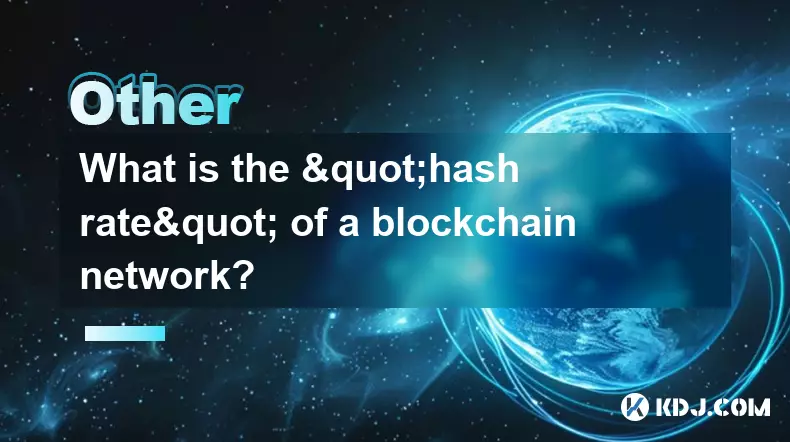
What is the "hash rate" of a blockchain network?
Oct 10,2025 at 03:55pm
Understanding Hash Rate in Blockchain Networks1. The hash rate refers to the total computational power being used to process transactions and mine new...
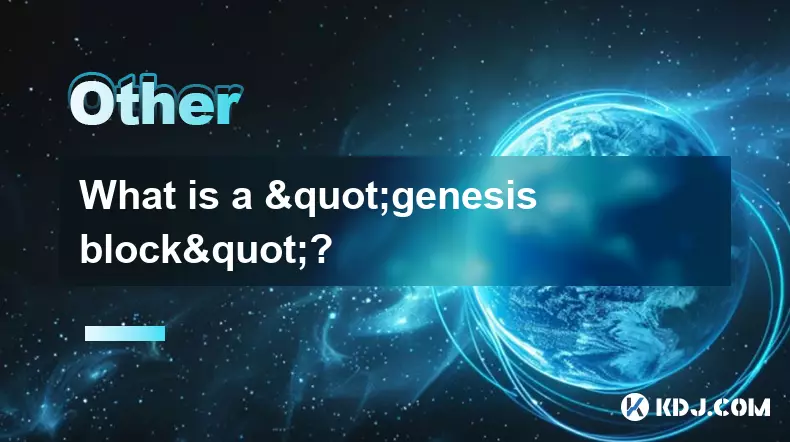
What is a "genesis block"?
Oct 15,2025 at 07:55pm
Understanding the Genesis Block in CryptocurrencyThe genesis block is the very first block in a blockchain network. It serves as the foundation upon w...
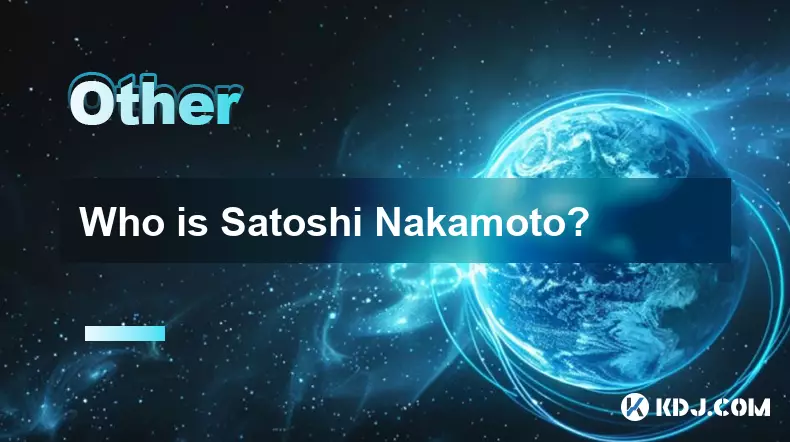
Who is Satoshi Nakamoto?
Oct 15,2025 at 01:01pm
Who is Satoshi Nakamoto?1. Satoshi Nakamoto is the pseudonymous individual or group credited with creating Bitcoin, the first decentralized cryptocurr...
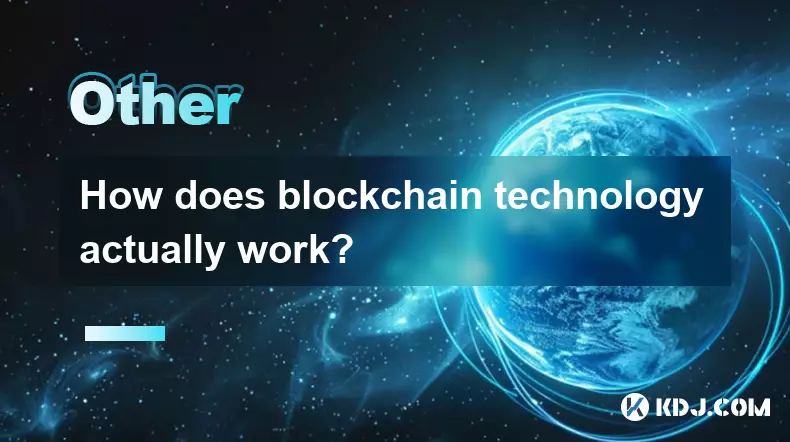
How does blockchain technology actually work?
Oct 11,2025 at 02:36pm
Understanding the Core Mechanism of Blockchain1. At its foundation, blockchain is a decentralized digital ledger that records transactions across mult...

What is a token economy?
Sep 20,2025 at 12:18am
Understanding the Foundations of a Token Economy1. A token economy in the context of cryptocurrency refers to a system where digital tokens are used a...
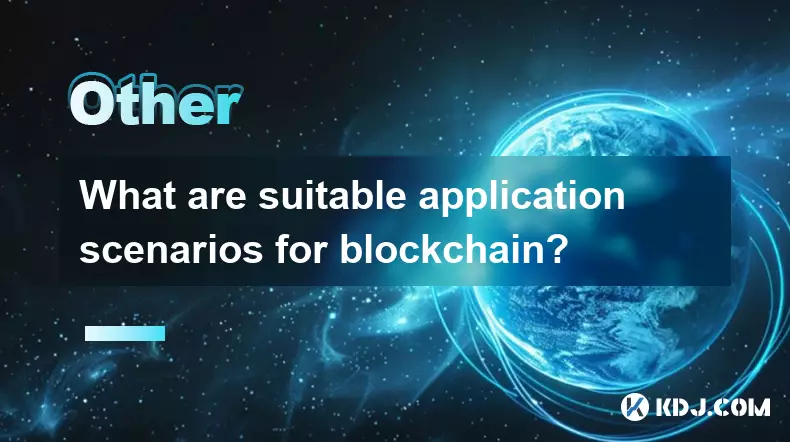
What are suitable application scenarios for blockchain?
Sep 20,2025 at 03:19am
Decentralized Finance (DeFi) Platforms1. Blockchain enables the creation of financial services without centralized intermediaries, allowing users to l...

What is the "hash rate" of a blockchain network?
Oct 10,2025 at 03:55pm
Understanding Hash Rate in Blockchain Networks1. The hash rate refers to the total computational power being used to process transactions and mine new...

What is a "genesis block"?
Oct 15,2025 at 07:55pm
Understanding the Genesis Block in CryptocurrencyThe genesis block is the very first block in a blockchain network. It serves as the foundation upon w...

Who is Satoshi Nakamoto?
Oct 15,2025 at 01:01pm
Who is Satoshi Nakamoto?1. Satoshi Nakamoto is the pseudonymous individual or group credited with creating Bitcoin, the first decentralized cryptocurr...

How does blockchain technology actually work?
Oct 11,2025 at 02:36pm
Understanding the Core Mechanism of Blockchain1. At its foundation, blockchain is a decentralized digital ledger that records transactions across mult...

What is a token economy?
Sep 20,2025 at 12:18am
Understanding the Foundations of a Token Economy1. A token economy in the context of cryptocurrency refers to a system where digital tokens are used a...

What are suitable application scenarios for blockchain?
Sep 20,2025 at 03:19am
Decentralized Finance (DeFi) Platforms1. Blockchain enables the creation of financial services without centralized intermediaries, allowing users to l...
See all articles
























